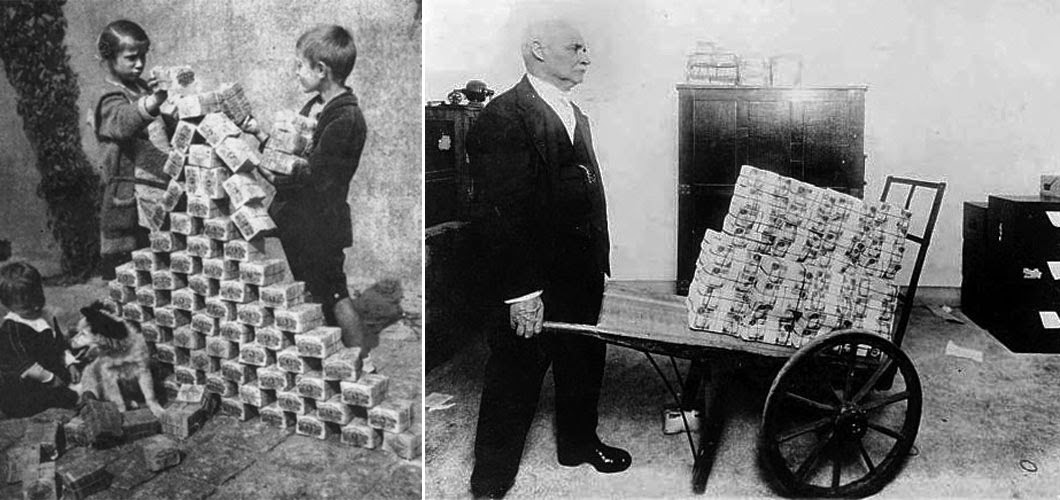So what are your options?
Certain specific investments do well when inflation is climbing. Choosing among these assets should reflect your own goals, and also how severe the inflationary climate is.
Stocks
Rising prices can mean more profit for companies, which in turn boosts share prices. No guarantees, of course, but over the long term, the stock market has historically provided returns that beat inflation. Technology and other growth stocks, which outperform the overall market, make the most solid hedges against inflation. Consumer goods companies and others in the defensive sector, which produce basics people need, also do well. Of course the volatility in the overall markets can cause huge drawdowns especially for those looking for consistent cashflow.
Commodities
“Commodities tend to have outsized returns during times of high inflation,” says Adem Selita, CEO of the Debt Relief Company. Commodities are a type of real asset, commodities are things like crops, raw materials, or natural resources. Their prices go up those of other goods or services that use those goods. However with the global movement towards renewal sources of energy traditional energy commodities, like oil and gas are quickly falling out of favor.
Real estate
Real estate is both a real asset and an appreciation-oriented one. Like commodities, land and property values tend to rise alongside inflation. Sophisticated investors have long leveraged commercial real estate as a hedge against economic uncertainty. By incorporating CRE in your portfolio, through strategic investments in recession-resistant markets and segments, investors can avoid the ups and downs of the broader market through reliable income and stable growth.
And passive investments offer participation without the need for getting your hands dirty. Wouldn’t it be ideal to invest in a segment that thrives on uncertainty and volatility while still delivering consistent income and growth?
That segment exists in the affordable housing sector of multifamily where the sector saw rent growth and occupancy in 2020 – bucking the trend of the rest of the CRE asset class. |
